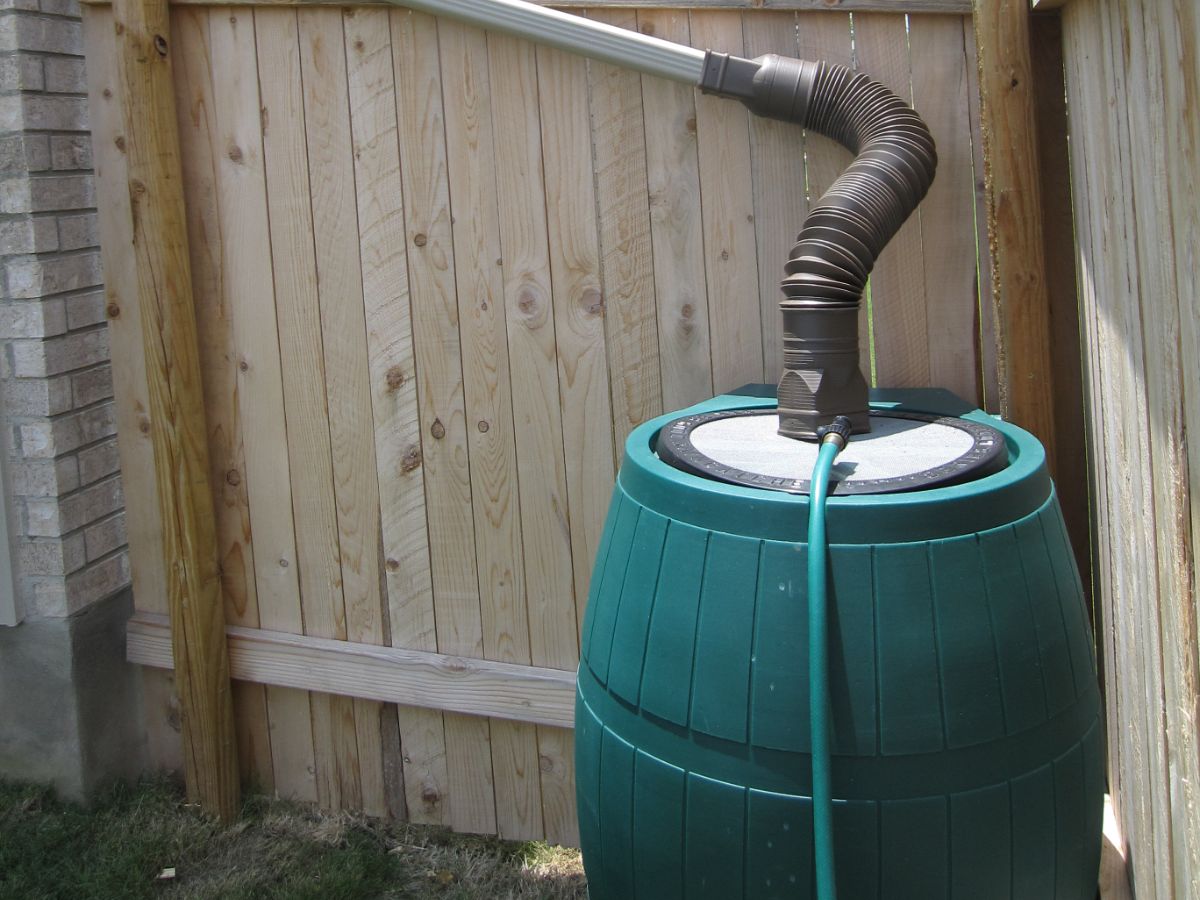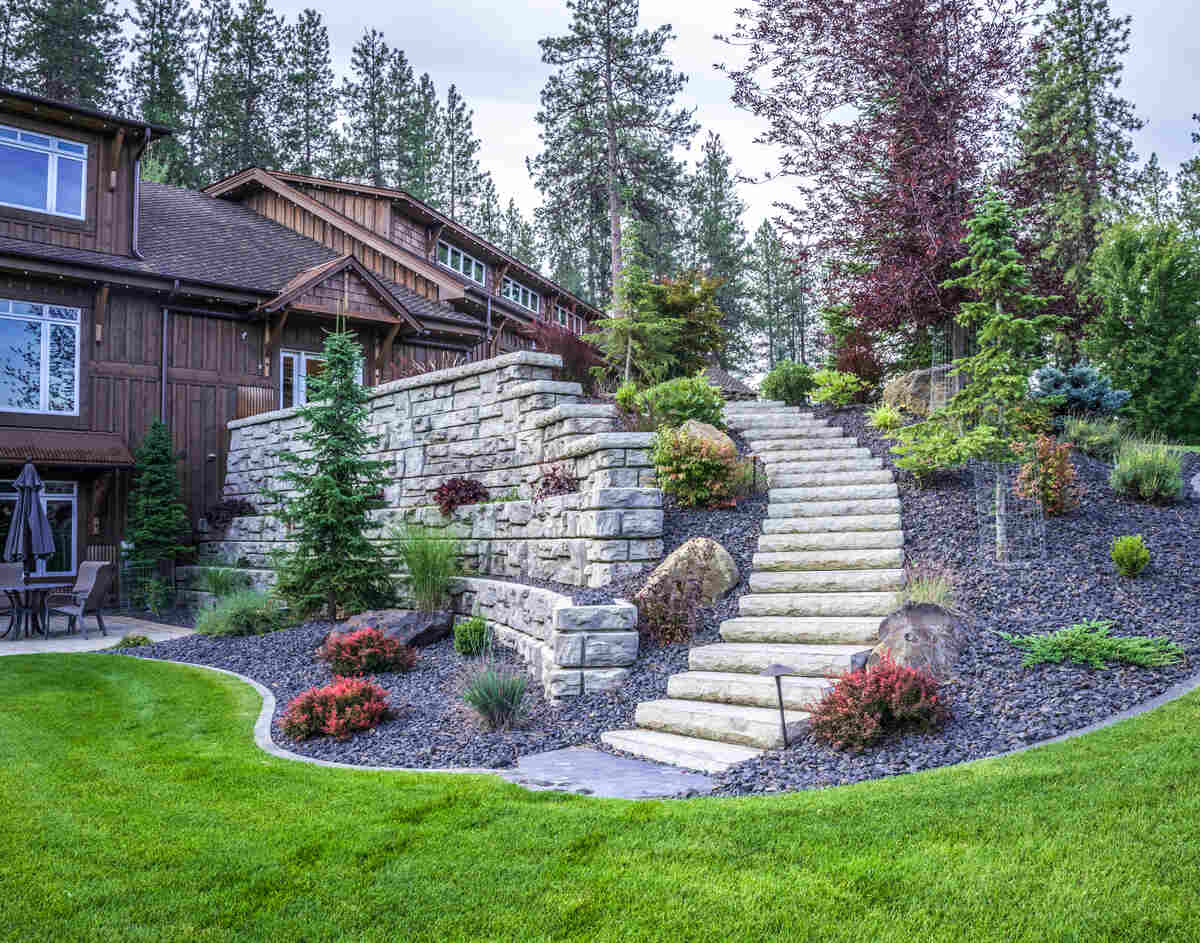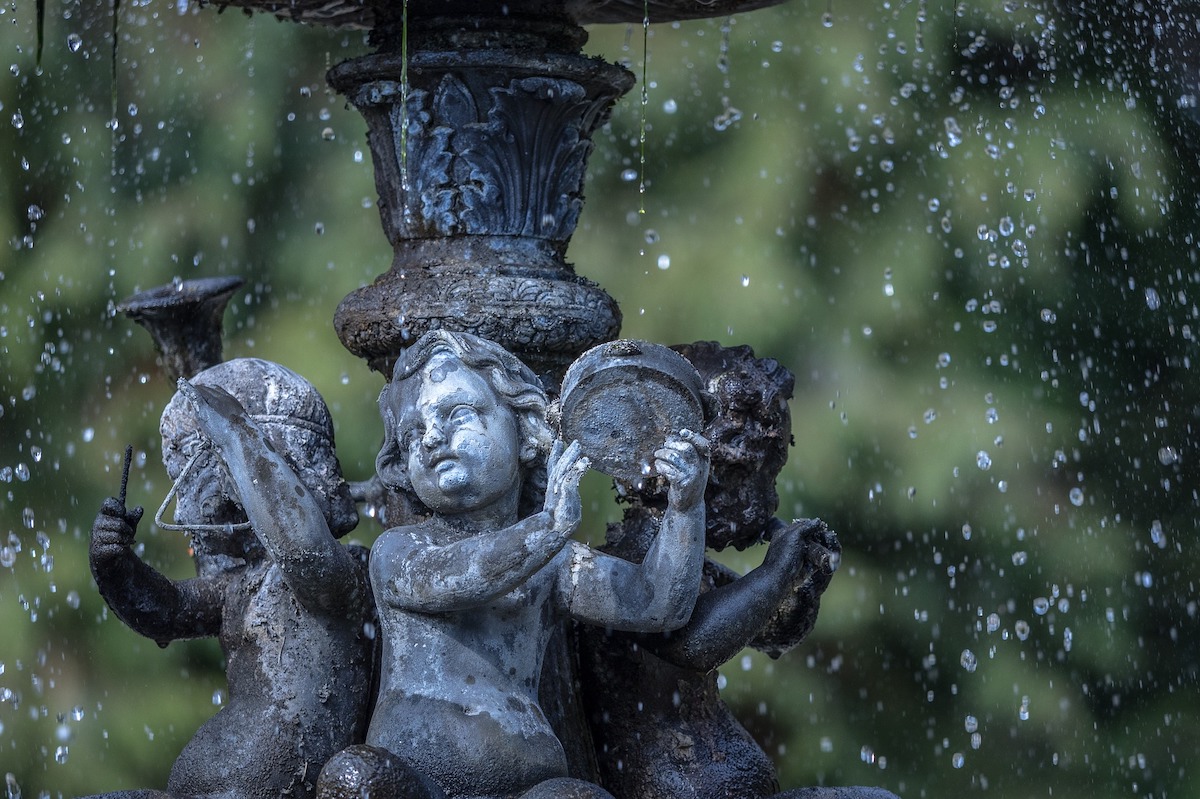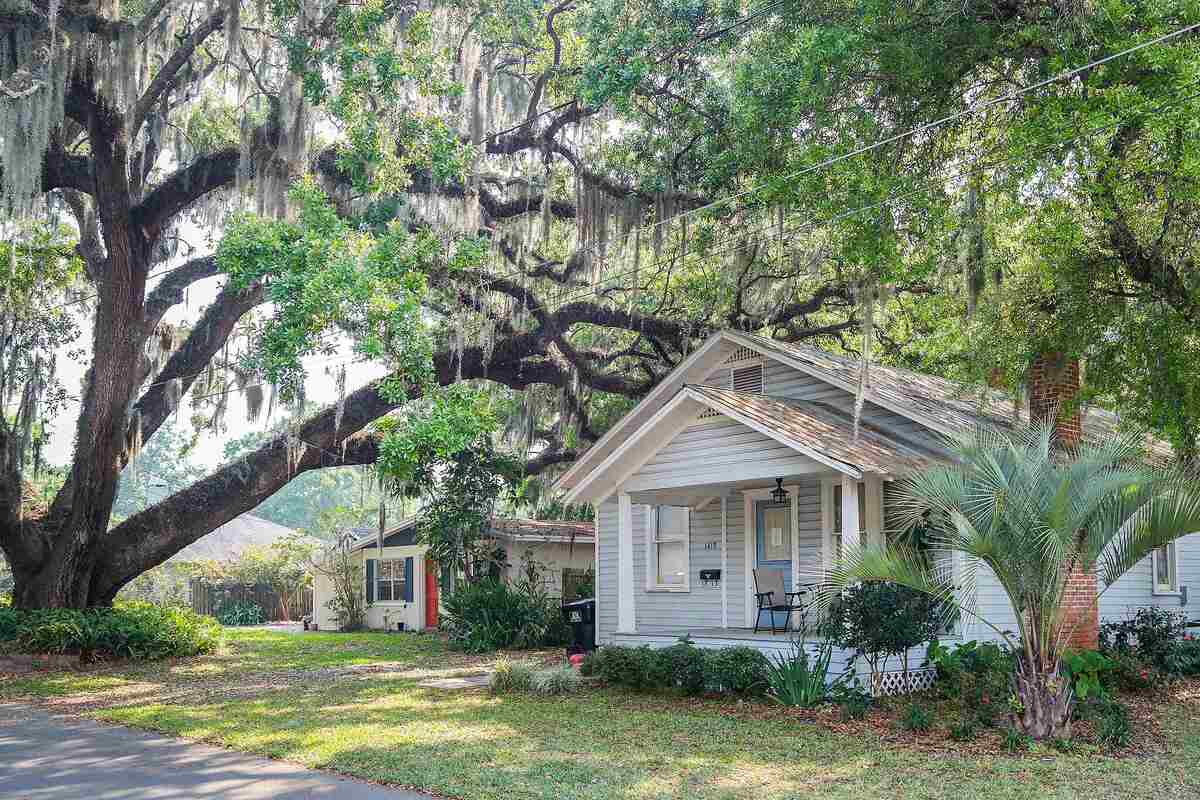
Florida-friendly landscaping is an approach that uses sustainable design ideas and materials that are environmentally friendly to enhance water efficiency and decrease pollution. With this approach, Floridians can help protect natural resources and have a beautiful outdoor space, too. So what exactly is Florida-friendly landscaping?
The goal of FFL, as it is also known, is to preserve the beaches and other natural resources that make the Sunshine State a beautiful place to live. In this article, we’ll explain the principles and strategies behind Florida-friendly landscaping.
9 Principles of Florida-Friendly Landscaping
The FLL Program focuses on nine core design principles that attract wildlife, minimize environmental footprints, and ensure a healthy and thriving ecosystem.
1. Appropriate Plant, Appropriate Place
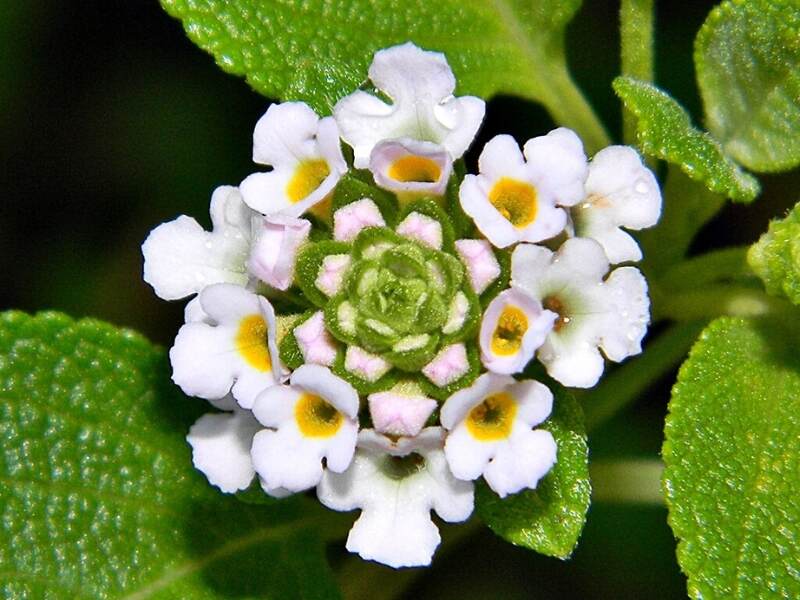
Select the right plants for your USDA hardiness zone and your property’s conditions, like water, soil, and light. Place plants together that have similar nourishment requirements, like the amount of water and sunshine needed to thrive.
2. Water Smartly
Water as needed, early in the morning, and when plants show signs of needing moisture. Avoid overwatering as it can create a breeding ground for pests. Be sure to adhere to local watering restrictions and follow your city’s watering schedule.
If you use an automatic irrigation system, adjust the schedule or use a rain sensor. You can also manually water or turn on the system when plants need moisture.
3. Fertilize Properly
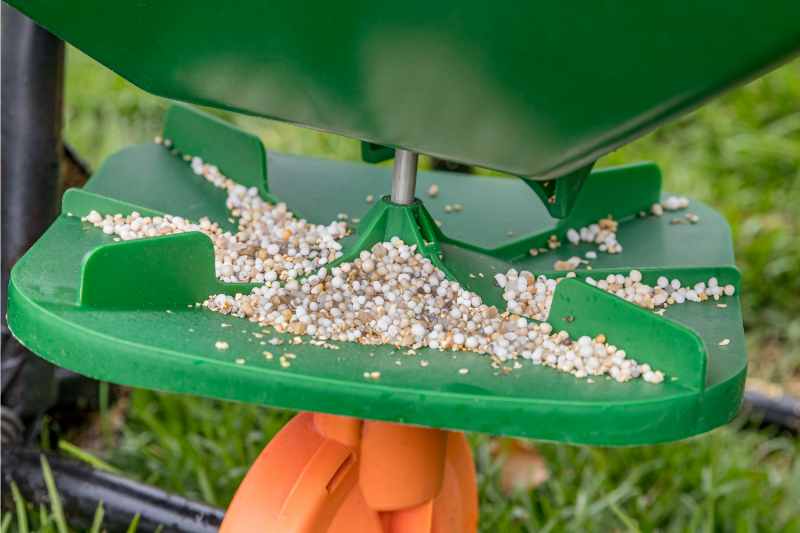
Fertilizing grass and plants is not always necessary. Use the appropriate fertilizer and apply it in the correct amounts and intervals to reduce runoff. Test your soil to see if it needs to be fed and which nutrients it needs. Contact your county extension office for more information on identifying nutritional deficiencies and soil testing.
Too much fertilizer can be harmful to your landscape plants and turfgrass, causing pests, weak plants, and disease.
4. Use Mulch
Mulch preserves soil moisture and suppresses weeds. Layer and maintain plant beds with two to three inches of mulch. To reduce the risk of rot, leave about two inches of space around trees and landscape plants when laying mulch.
5. Select Plants that Attract Wildlife
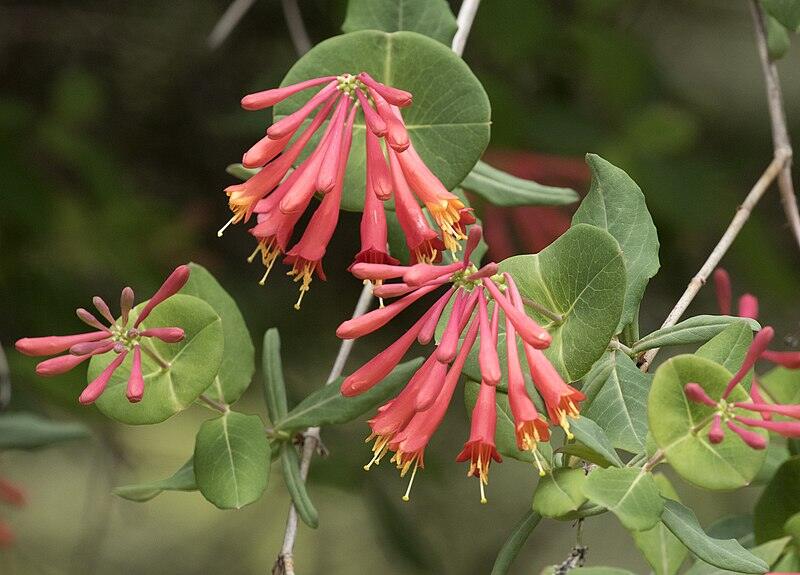
Choose native plants and other vegetation that have flowers, leaves, fruits, seeds, and other plant parts that provide food and nesting resources for local wildlife, like birds, pollinators, and bats.
Pro Tip: Reducing pesticide use also helps attract wildlife.
6. Manage Outdoor Pests
Choose pest-resistant plants. When pests are a problem, apply Integrated Pest Management (IPM) strategies, which involve using as few chemicals as possible to control insects.
7. Recycle Yard Waste
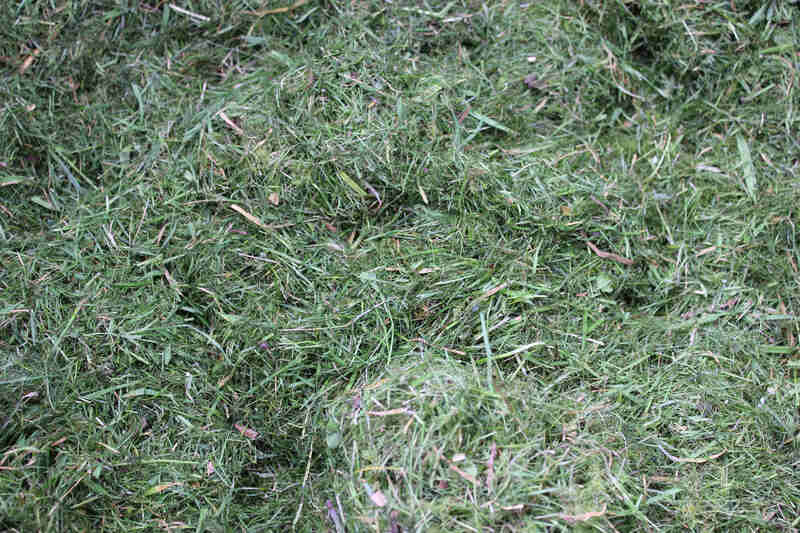
Yard waste consists of leaves, grass clippings, and other debris that accumulates from lawn maintenance and leaves falling from trees. While grass clippings, leaves, and pine needles can return nutrients to the soil, composted yard waste also provides nutrients while eliminating the risk of lawn disease or fungus.
8. Minimize Runoff
Stormwater carries harmful chemicals, like fertilizers and pesticides, into the water. Keep as much rainwater on your property as possible with creative, functional, and aesthetically pleasing methods.
Create swales and risers on a slope. Plant rain gardens and build walkways and patios made with porous materials. These elements slow runoff, allowing the ground time to absorb the water.
9. Protect Florida Waters
If you live on a body of water, like a bay or lake, create a maintenance-free zone that is at least 10 feet between your landscape and the water. You can edge it with plants to give it curb appeal. Do not use pesticides or fertilizer in this buffer area.
Follow local ordinances for buffer mandates for natural water resources.
What Materials Are Used in Florida-Friendly Landscaping?
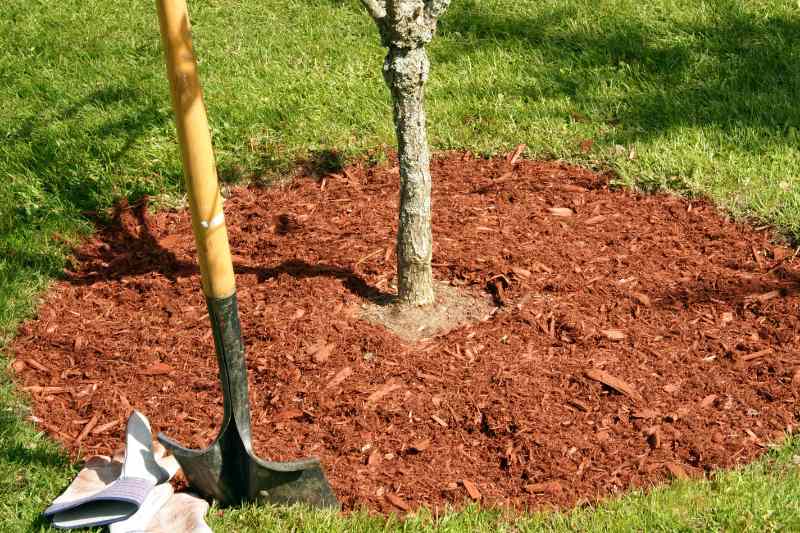
You don’t need to rethink your whole landscaping plant to implement FFL. Common materials include:
Recycled Yard Waste: Use grass clippings, mulched leaves, or pine needles as nutrient-rich mulch. Composted yard waste, like weeds, pruning debris, and grass clippings, can also add nutrient-rich organic matter to the soil.
Sustainable Mulch: If you’re not using recycled yard waste, use organic materials that have been sustainably harvested, like eucalyptus or melaleuca.
Native Plants: Include native plants and Florida-friendly plants in your design. They feed wildlife and support biodiversity.
Choose from multiple plant types, like trees, flowers, ground cover, and ornamental grasses. Layer plants vertically to provide more resources for wildlife and to create a visually stunning vertical garden.
Hardscapes: If you’d like to add hardscapes to your Florida-friendly yard, use porous materials to reduce runoff. Rain barrels help collect and retain stormwater, and risers slow runoff.
What Are the Benefits of Florida-Friendly Landscaping?
Florida-friendly landscaping lowers the maintenance needs of your landscape. It reduces mowing and watering, and native plants require less pruning and chemicals.
When you fertilize appropriately and manage yard pests without pesticides, it reduces harmful runoff and improves Florida’s water quality. FFL also exposes beneficial insects to fewer chemicals, promoting biodiversity.
FAQ About Florida-Friendly Landscaping
Where can I get more information on FFL?
Your county extension office can give you more information on how to implement a Florida-friendly landscape design. They have master gardeners and horticulture staff to educate you on how to identify your soil type, soil testing, and more. Use the UF/IFAS Extension map to locate the extension agent in your county.
You also check out our article for specific Florida-friendly landscaping ideas.
What types of mulch should be avoided?
According to the Florida-friendly Landscaping Program, avoid using cypress.
Can my HOA stop me from implementing an FFL design?
No. In 2009, Florida Statutes 373.185 was enacted. It prohibits homeowners’ associations (HOAs) and local governments from banning FFL. However, you may still need HOA approval.
When to Hire a Landscaping Professional
Selecting sustainable materials, like the right mulch, creating stormwater ponds as buffer zones, and laying out plants and materials so that your landscape is both Florida-friendly and aesthetically pleasing is an art and science.
Sure, you can do anything you set your mind to. And, you have the help of the FFL Program. However, if you’d rather enjoy the fruits of an environmentally responsible landscape without the hard work, let LawnStarter connect you to a landscape professional near you. Whether you’re in Gainesville, Tampa, Miami, Jacksonville – or anywhere else in the great state of Florida – LawnStarter can connect you with passionate lawn care and landscaping pros with helpful advice.
Main Photo Credit: Visitor7 / Wikimedia Commons / CC BY-SA 3.0
